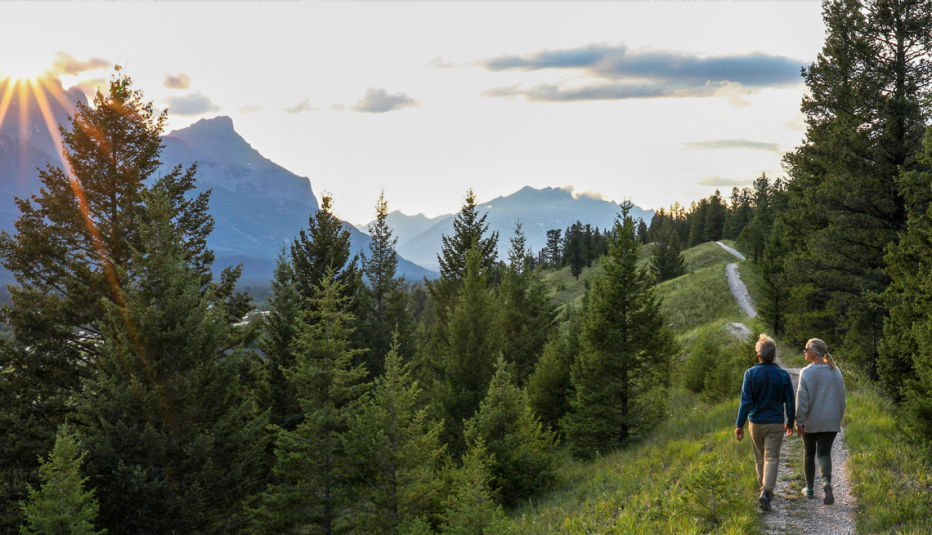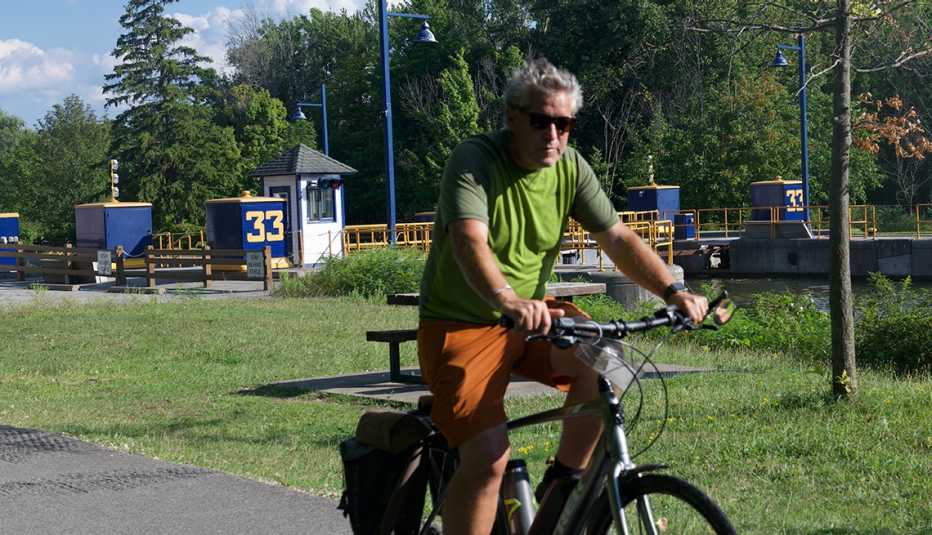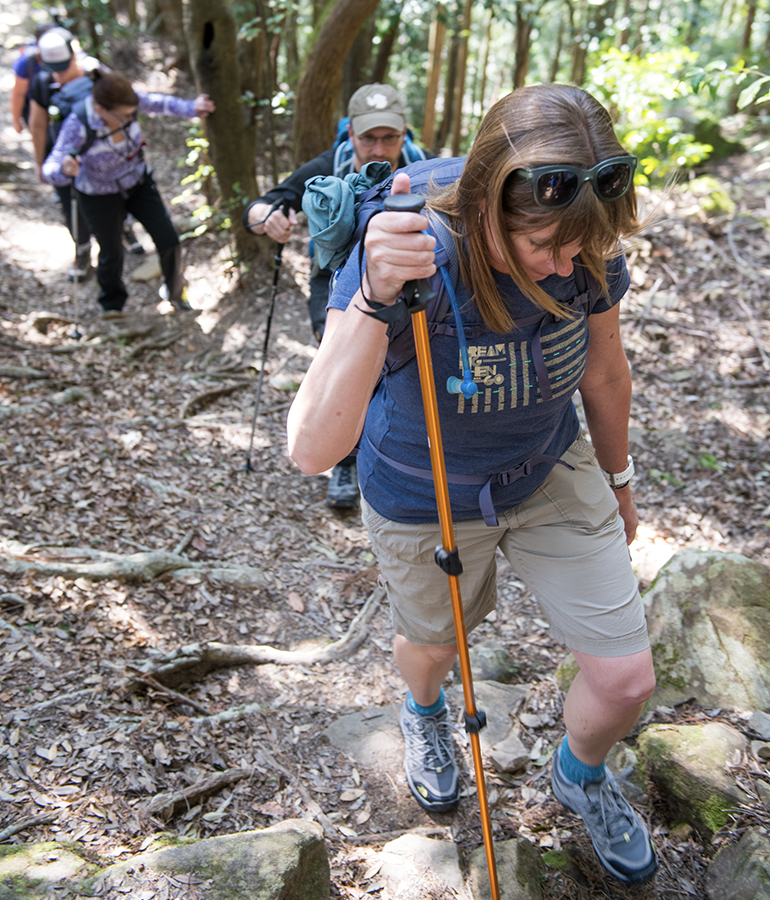Staying Fit


As a 50-plus active traveler, I know that proper gear makes all the difference, whether I'm skiing in Crested Butte, Colorado, mountain biking in Whistler, British Columbia or snorkeling above the coral reef off Kāʻanapali, Hawaii. If I'm outfitted improperly, I’ll depart unsatisfied with my experience or, worse, with blisters and sunburn.
Shop off-season
Your own enjoyment of the great outdoors will benefit directly from your level of preparedness, right down to your socks (which, by the way, may now be heated!). This gear can be pricey, however, so the off-season may be the best time to buy: Think ski boots in the spring or e-bikes in the dead of winter. And because manufacturers release new e-bikes, kayaks and other recreational equipment every year, you can often buy used gear in excellent condition on resale websites like eBay, Facebook Marketplace and Craigslist.
Stay warm
To layer or not to layer is an age-old winter sports question. Nowadays, a wide variety of electrically heated clothing provides an updated answer. Rechargeable or regular batteries power the heating elements in the garments. A typical garment offers three temperature settings for up to 10 hours of warmth, and can be adjusted by remotes in out-of-view special pockets.
You can now don heated apparel ranging from an Ororo jacket ($149) right down to LightInTheBox long underwear ($60) and ActionHeat socks ($49). Gloves like the Sureshot Heated Softshells from Outdoor Research ($259) can be seen all over ski hills this winter.
Still, many of us dislike overheating more than we mind a little chill, so wearing layers instead of an electric sweater may suit us just fine. Others prefer a single layer of insulated outerwear because it is less bulky and wards off chill entirely.
Merino wool and synthetic base layers maintain warmth and provide wicking (removal of moisture). Among the many options for building such layers are the Patagonia Capilene Midweight Crew ($99), Smartwool Classic Thermal ¼ Zip ($115) and Columbia Omni-Heat Infinity Baselayer Tights ($75). Base layers and mid-layers can be a onetime investment you wear in various combinations according to your chosen winter activity, including cross-country skiing, fat-tire biking, snowshoeing and more.




































































More Members Only Access